
B TA ~ TL TU TC TX TE TO TR n TS TH TF Z " TOH10 MB-S03 32 46 62 45 8.5 62 50 74 12 7 13 10 35 47 89 12 g.070 MII-S04 40 52 80 60 10 80 63 97 17 9 17 12 45 60 93 16 +8-070 50 65 80 60 10 92 75 109 17 9 17 12 45 60 105 1 6gmo Mounting plate (Double clevis) MII-S06 63 75 100 70 15 11 0 90 130 20 11 22 14 60 80 105 201.084 80 95 100 70 15 130 11 0 150 20 11 22 14 50 80 129 20 1 1)84 Ma,510
T-slot 2 dimensions Compatible Motors Switch Internal Circuit D-Y7GL Motor output (W) Motor model Brake Manufacturer Power supply voltage (VAC) Motor specification symbol Controller driver model + Brown lead wire 100/110 200/220 100 200 100/115 200/230 100/115 200/230 100/115 200/230 100/115 200/230 100/115 200/230 100/115 200/230 LC1-1B1H1Without brake (Horizontal specification) 50 Main
/24VDC 24VDC 100/200VAC Allowable voltage fluctuation % 10 45 35 Initial 45 35 Power consumption W 7.5 6.5 Holding 7.5 6.5 2.0 1.5 Initial 2.0 1.5 Current consumption A 0.5 0.4 Holding 0.5 0.4 G, C, D, T type G type only Electrical entry Class B Coil insulation 10 c.p.m Maximum operating frequency 0.5 Service life (Million cycles) 0.4 (0.88) 0.7 (1.54) 0.7 (1.54) 1.0 (2.20) Weight kg (lb)
45 Series REAL Dimensions: 15 to 40 ta EA FA tb 4-counter bore dia.
45 Series REAL Dimensions: 15 to 40 ta EA FA tb 4-counter bore dia.
High precision type High precision type High precision type High precision type Ta = I (Nm) Basic type Basic type Basic type Basic type I: Inertial moment 1 2 3 7 10 20 30 50 70 100 200 31 41 0.56 41 Refer to page 3. 32 45 0.82 45 . : Angular acceleration Load . 33 48 1.1 48 2 = (rad/s 2) t 2 54 71 1.5 71 : Rotation angle (rad) 86 74 107 2.9 78 74 2.4 78 t: Rotation time (s) 166 137 197
Roller Type/Round Bar Type/ Chamfered Type Graph (1) Lever Type (With shock absorber) Friction coefficient = 0 Graph (2) Lever Type (With shock absorber) Friction coefficient = 0.1 Graph (3) 100 200 200 50 130 130 50 50 100 100 50 40 40 40 40 Example 1 30 40 50 40 50 Weight of transferred object m (kg) Weight of transferred object m (kg) Weight of transferred object m (kg) 20 30 30 Example
V MM NA P S RR TF TH TT TV TW TX TY TZ Z ZZ -X Up to 300 80 100 M22 x 1.5 M26 x 1.5 80 100 Rc1/4 Rc3/8 104 105 18 22 11 13.5 55 65 11 12 110 130 72 93 85 100 45 60 64 72 Up to 300 26 32 183 192 241.5 268.5 IY-G08 IY-G10 Technical Data Use a thin wrench when tightening the piston rod. Refer to the dimensions of the basic type for the female rod end type and the long male rod end type.
Operating range and hysteresis How to change the auto switch detecting position Auto switch mounting Auto switch adjustment D53 CRB2 Series Volume [cm3] Vane type Single vane Double vane Size 10 15 20 30 40 10 15 20 30 40 Rotating angle 90 180 270 90 180 270 90 180 270 90 180 270 90 180 270 90 100 90 100 90 100 90 100 90 100 Volume 1 (0.6) 1.2 1.5 1.5 (1.0) 2.9 3.7 4.8 (3.6) 6.1 7.9 11.3
70 100 1000 70 100 1000 Stroke (mm) Stroke (mm) Stroke (mm) 2.
400 300 200 100 0 VF B VFR VP4 Courtesy of Steven Engineering, Inc.-230 Ryan Way, South San Francisco, CA 94080-6370-Main Office: (650) 588-9200-Outside Local Area: (800) 258-9200-www.stevenengineering.com 800 700 600 500 400 300 200 100 0 VZS C VFS VS4 800 700 600 500 400 300 200 100 0 VQ7 D EVS VFN 800 700 600 500 400 300 200 100 0 E It is when the cylinder is extending that is meter-out
Load rate: 50% Stroke 500 mm 6 10 16 20 25 32 40 40 50 63 80 100 Series CM2 Pressure 0.5 MPa Load rate: 50% Stroke 300 mm Average speed (mm/s) Series 800 700 600 500 400 300 200 100 0 Perpendicular, upward actuation Horizontal actuation SYJ5140-01 Cylinder is in extending.
First find the ratio of the discharge rate for fresh water when viscosity is 100 mPas from the graph below. It is determined to be 45%. 2. Next, in the required specification example, the viscosity is 100 mPas and the discharge rate is 2.7 l/min.
0.10 to 0.68 0.10 to 0.49 Minimum operating flow rate*6 L/min 20 2 25 2 40 2 Tank capacity L 42 7 42 7 60 7 Bypass circuit (With valve) Installed Electric conductivity setting range S/cm 0.5 to 45*9 0.5 to 45 0.5 to 45*9 0.5 to 45 0.5 to 45*9 0.5 to 45 Circulating fluid system Pump capacity Particle filter nominal filtration rating (Accessory) m 5 5 5 5 5 5 Circulating fluid outlet, circulating
Bore size CS1, CS2 series Pressure 0.5 MPa Load ratio 50% Stroke 1000 mm MB, CA2 series Pressure 0.5 MPa Load ratio 50% Stroke 500 mm Average speed [mm/s] Series 40 50 63 80 100 125 140 160 180 200 250 1100 1000 900 800 700 600 500 400 300 200 100 0 Vertically upward Horizontal VQ4100--03 VQ4101--03 1100 1000 900 800 700 600 500 400 300 200 100 0 VQ5100--04 VQ5101--04 Values at extension
Red (DC) Blue 100 VAC 110 VAC 200 VAC 220 VAC Red Blue 100 VAC 110 VAC Red 200 VAC 220 VAC Push type (Tool required) Push down on the manual override button with a small screwdriver until it stops. Release the screwdriver and the manual override will return.
Bore size Cylinder stroke (mm) 12 16 20 25 32 40 50 63 80 100 12 mm 16 mm 20 mm 25 mm 32 mm 40 mm 50 mm 63 mm 80 mm 100 mm Built-in Magnet Cylinder Model 12, 16 20, 25 32, 40 50 to 100 5, 10, 15, 20, 25, 30 5, 10, 15, 20, 25, 30, 35, 40, 45, 50 5, 10, 15, 20, 25, 30, 35, 40, 45, 50, 75, 100 10, 15, 20, 25, 30, 35, 40, 45, 50, 75, 100 If a built-in magnet cylinder without an auto switch is
, 60 RHC Mounting style 10 15, 30, 45, 60, 75, 100 16 15, 30, 45, 60, 75, 100 Basic style Foot style Rod side flange style Head side flange style (Except 6) Single clevis style (Non-integrated type) Double clevis style Note 1) Bore size: 20, 25 mm only Mounting brackets are shipped together, (but not assembled).
, 60 RHC Mounting style 10 15, 30, 45, 60, 75, 100 16 15, 30, 45, 60, 75, 100 Basic style Foot style Rod side flange style Head side flange style (Except 6) Single clevis style (Non-integrated type) Double clevis style Note 1) Bore size: 20, 25 mm only Mounting brackets are shipped together, (but not assembled).
105 110 D-Y7BA n 100 + 45 (n 4) 2 (n = 4, 8, 12, 16) Note 2) 105 + 45 (n 4) 2 (n = 4, 8, 12, 16) Note 2) 110 + 45 (n 4) 2 (n = 4, 8, 12, 16) Note 2) (n = 2, 4, 6, 8) Note 1) 20 + 45 (n 2) 2 95 + 45 (n 4) 2 (n = 4, 8, 12, 16) Note 2) Note 1) When n is an odd number, an even number that is one larger than this odd number is used for the calculation.
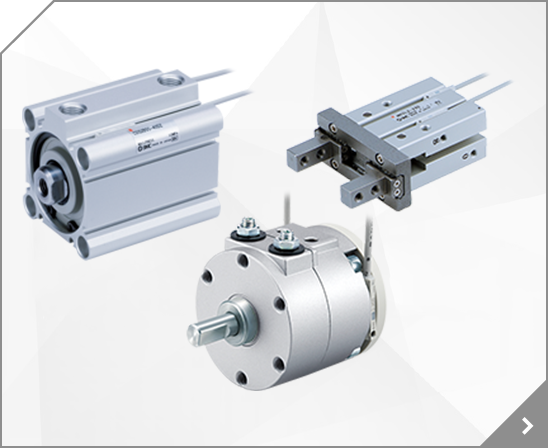


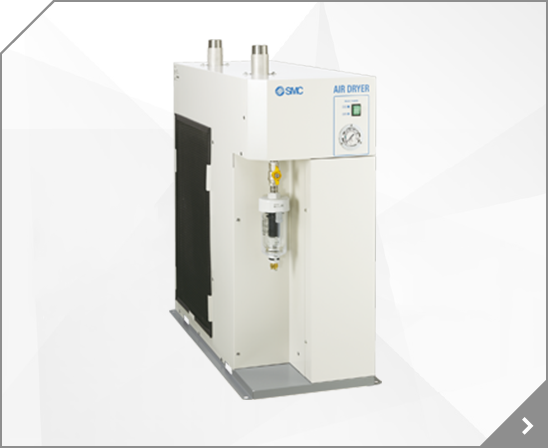
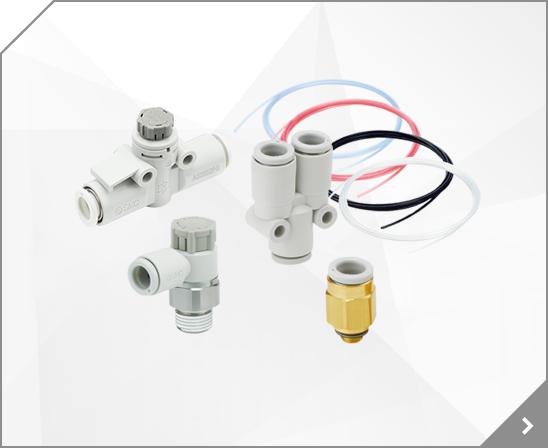
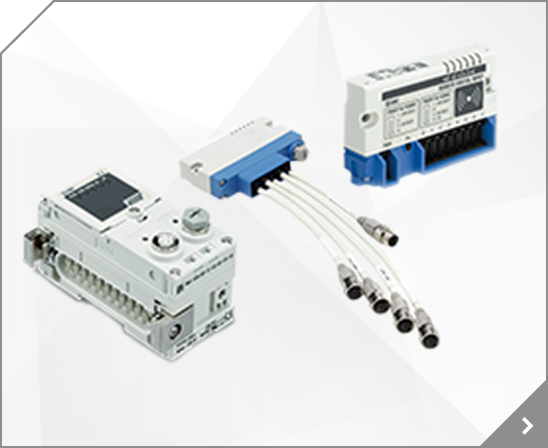
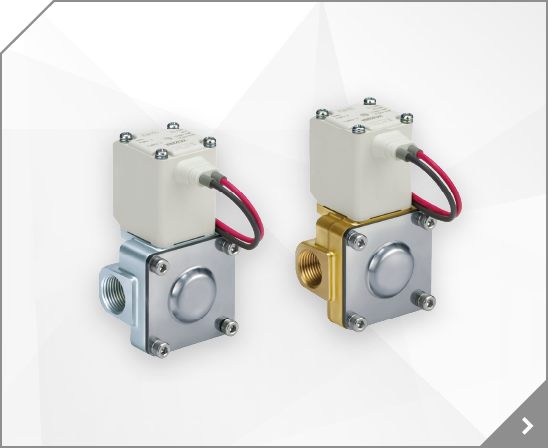
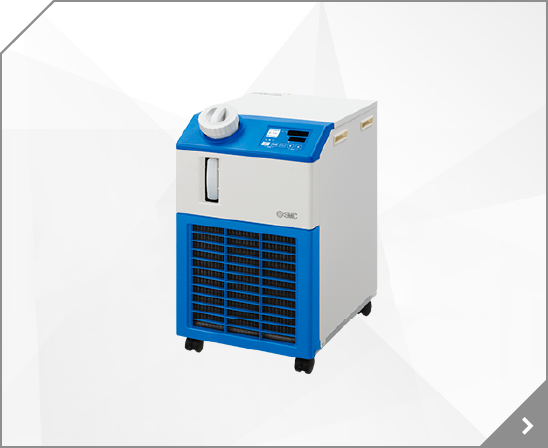
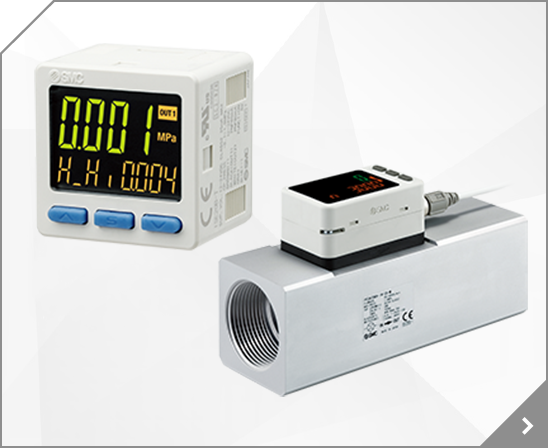
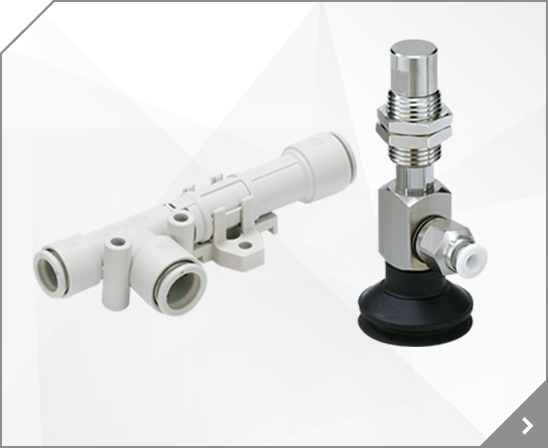

 C95Series
C95Series